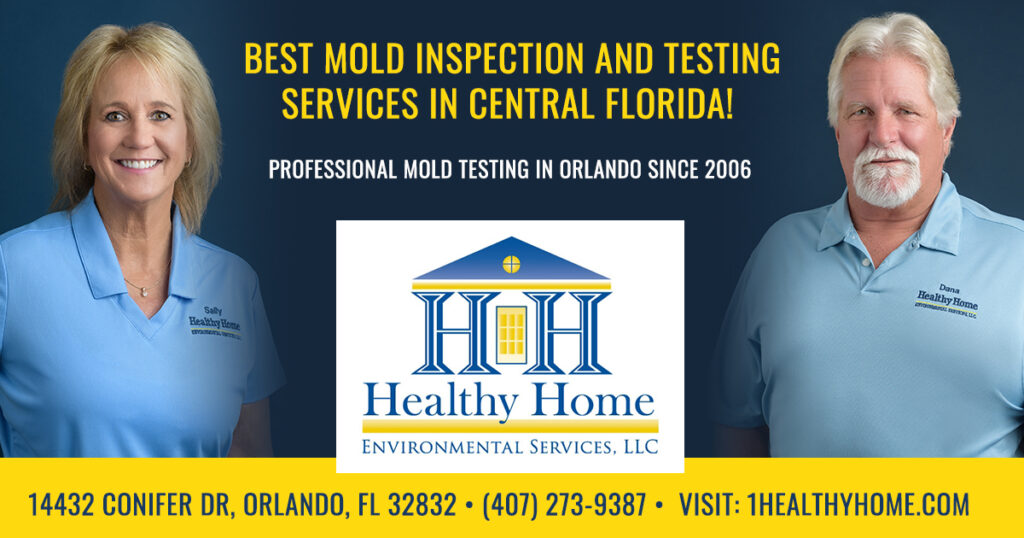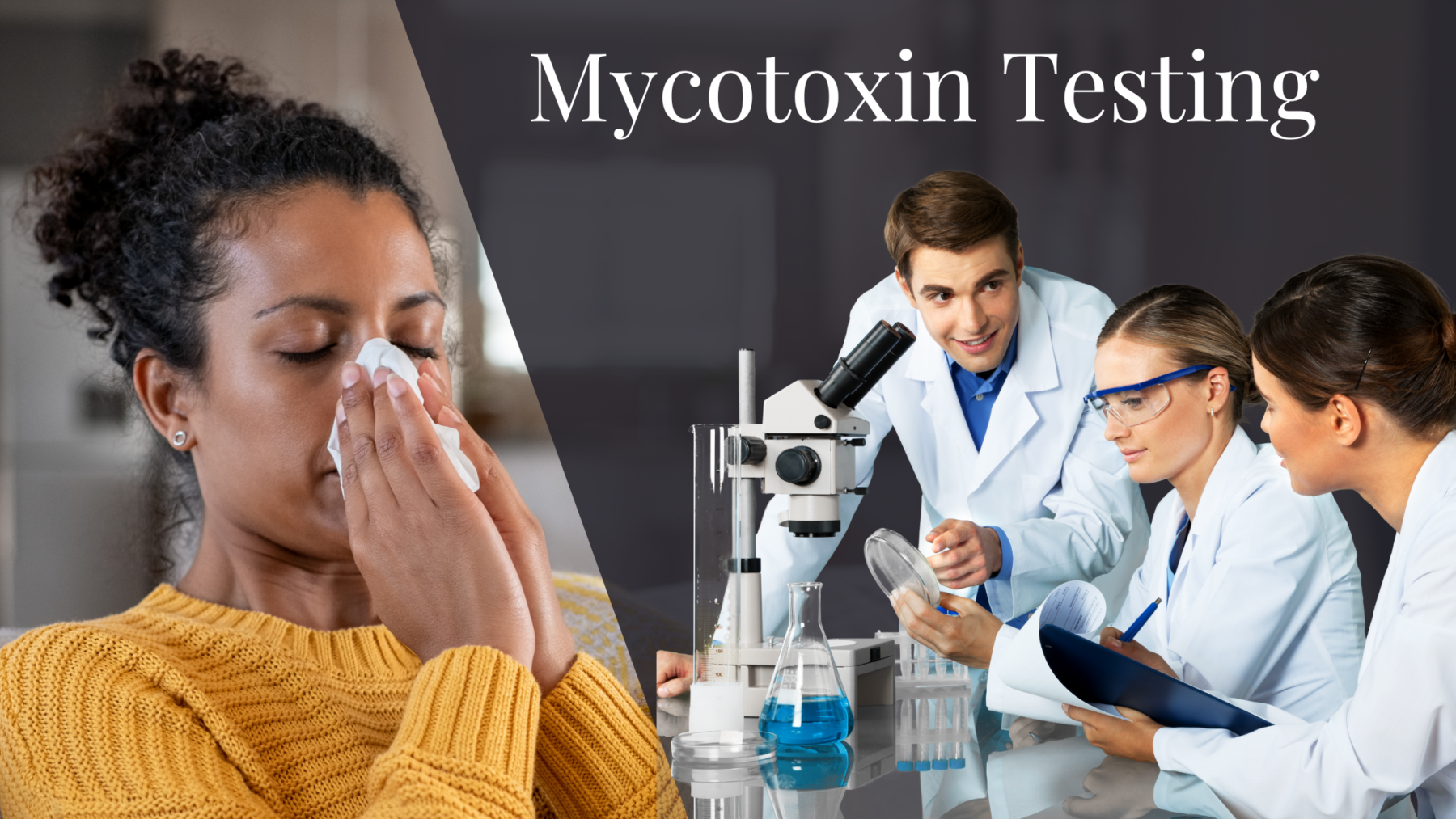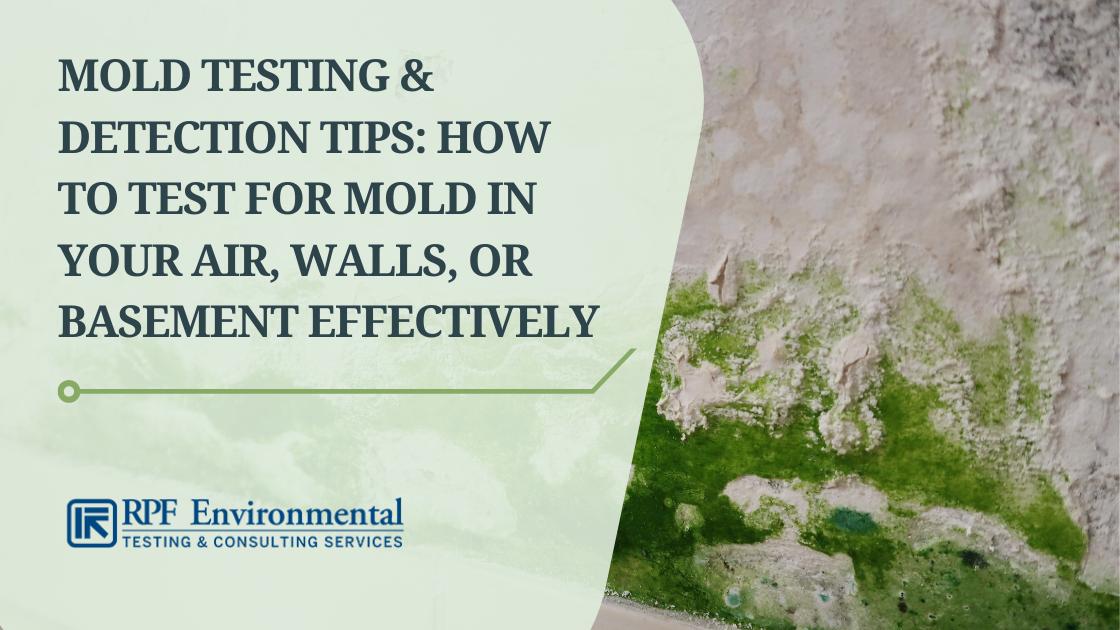Mycotoxin testing Services: Making certain Top Quality and Safety And Security in Your Supply Chain
Just How Mycotoxin Testing Helps Protect Against Contamination and Guard Food Supplies

Mycotoxin testing is an important technique in the food industry, offering as a frontline protection against contamination by dangerous toxic substances generated by molds. With the application of innovative techniques like High-Performance Fluid Chromatography (HPLC) and Fluid Chromatography-Mass Spectrometry (LC-MS), food producers can properly spot and evaluate mycotoxin degrees in agricultural items.
Understanding Mycotoxins
Understanding mycotoxins starts with recognizing that they are hazardous second metabolites produced by specific mold and mildews, which can pollute farming products. These metabolites are not necessary for the growth or reproduction of the fungis but can have serious effects for human and animal health and wellness. Mycotoxins are generally located in staple crops such as corn, wheat, barley, and nuts, where they can proliferate under certain conditions of wetness and temperature.
There are several types of mycotoxins, each produced by various fungal species. Aflatoxins, produced by Aspergillus varieties, are amongst the most well-known, recognized for their carcinogenic properties. One more significant team consists of ochratoxins, produced by Aspergillus and Penicillium species, which have nephrotoxic results. Fusarium types produce trichothecenes and fumonisins, both of which are related to different severe and chronic health problems.

Threats of Mycotoxin Contamination
The threats of mycotoxin contamination are diverse, posing substantial risks to both food security and public wellness. Mycotoxins, harmful compounds produced by particular kinds of fungi, can pollute a vast array of agricultural products including cereals, nuts, seasonings, dried fruits, and coffee. When these toxic substances infiltrate the food supply, they can lead to serious wellness problems such as liver damage, kidney failing, and even cancer. At risk populaces, including youngsters, the elderly, and immunocompromised individuals, are specifically at danger.
Economic influences are another significant problem. Infected crops can result in significant monetary losses for farmers and food producers due to decreased returns and the requirement for costly decontamination procedures. Global profession can be dramatically prevented as countries impose stringent mycotoxin guidelines to secure their populaces, leading to turned down shipments and strained trade relations.
Environmental factors such as climate modification exacerbate the threat of mycotoxin contamination. Variations in temperature and moisture can produce favorable conditions for fungal growth, increasing the chance of contamination events. Hence, understanding and alleviating these dangers are vital for making sure the safety and integrity of worldwide food supplies.
Techniques of Mycotoxin Examining
Precisely identifying mycotoxin contamination in agricultural items is important for guarding public health and wellness and preserving food safety requirements. Various methods are used to discover and evaluate mycotoxins, each offering specific benefits and restrictions.
High-Performance Fluid Chromatography (HPLC) is a widely made use of technique due to its high sensitivity and accuracy. It involves dividing mycotoxins from other materials in an example, allowing precise metrology. Liquid Chromatography-Mass Spectrometry (LC-MS) integrates liquid chromatography with mass spectrometry to give thorough molecular info, making it particularly beneficial for determining several mycotoxins all at once.

Gas Chromatography-Mass Spectrometry (GC-MS) and Thin-Layer Chromatography (TLC) are likewise employed, each with unique applications. GC-MS is efficient for unstable mycotoxins, while tender loving care uses an easier, cost-efficient choice for initial testing.
Advantages of Normal Examining
Regular testing for mycotoxins in agricultural products offers numerous benefits, considerably contributing to have a peek here public health and wellness and food security. By determining contamination early, normal screening assists stop the circulation of hazardous foods, consequently lowering the threat of mycotoxin-related illnesses among customers. This aggressive technique not just safeguards human wellness yet additionally boosts the total high quality of food materials.
Constant testing also supports governing conformity. Various nations and regions have established stringent restrictions for mycotoxin degrees in food and feed. Following these limits through regular testing guarantees that producers and providers fulfill lawful criteria, consequently Recommended Reading preventing fines and trade barriers. Moreover, maintaining compliance fosters customer depend on and brand name credibility, which are important for market success.
Furthermore, regular mycotoxin screening can cause considerable economic benefits. Early discovery of contamination allows for prompt intervention, reducing potential losses from widespread contamination. Implementing routine screening methods can likewise minimize recall expenses and relevant obligations, which can be financially ruining.
Moreover, regular screening provides useful information that can inform much better agricultural methods and storage conditions. By recognizing patterns of contamination, manufacturers can adopt preventive procedures, thereby minimizing future threats and contributing to the sustainability of the food supply chain.
Implementing Evaluating Methods
Applying effective mycotoxin testing procedures is crucial for making sure the security and top quality of farming items. Developing a durable testing framework includes several vital actions, starting with the identification of potential contamination points within the manufacturing and supply chain. This includes pre-harvest, post-harvest, storage space, and distribution stages. Each phase needs to be inspected to determine where mycotoxin contamination is probably to occur.
As soon as vital control points are recognized, selecting ideal testing methods is crucial. Typical techniques consist of enzyme-linked immunosorbent assay (ELISA), high-performance liquid chromatography (HPLC), and mass spectrometry (MS) Each approach has its weak points and strengths; hence, choosing the proper one depends upon the specific mycotoxin being examined, the required level of sensitivity, and available sources.

Finally, integrating the screening procedures into a comprehensive food safety monitoring system is a good idea. This improves traceability and enables speedy restorative actions when contamination is detected, therefore guarding the honesty of the food supply chain.
Final Thought
Mycotoxin testing is essential in protecting against contamination and safeguarding food products by allowing very early Source discovery of hazardous toxins generated by molds in agricultural items. Advanced approaches such as HPLC and LC-MS guarantee compliance with safety laws and safeguard customers from health and wellness risks. Normal testing boosts brand name credibility, economic stability, and rely on food security by minimizing contamination-related losses and keeping high standards in food manufacturing. Implementing strenuous testing methods is thus necessary for the industry's general health.
Mycotoxin screening is an indispensable method in the food industry, serving as a frontline protection against contamination by damaging contaminants generated by molds. An integrated method entailing farming practices, storage space monitoring, and regular testing can alleviate the threats linked with mycotoxin contamination, making sure food safety and public health and wellness.
The risks of mycotoxin contamination are multifaceted, presenting substantial hazards to both food safety and public health.Regular testing for mycotoxins in agricultural products offers countless advantages, significantly contributing to public wellness and food security.Mycotoxin screening is essential in avoiding contamination and guarding food products by making it possible for very early discovery of damaging toxic substances produced by mold and mildews in farming items.